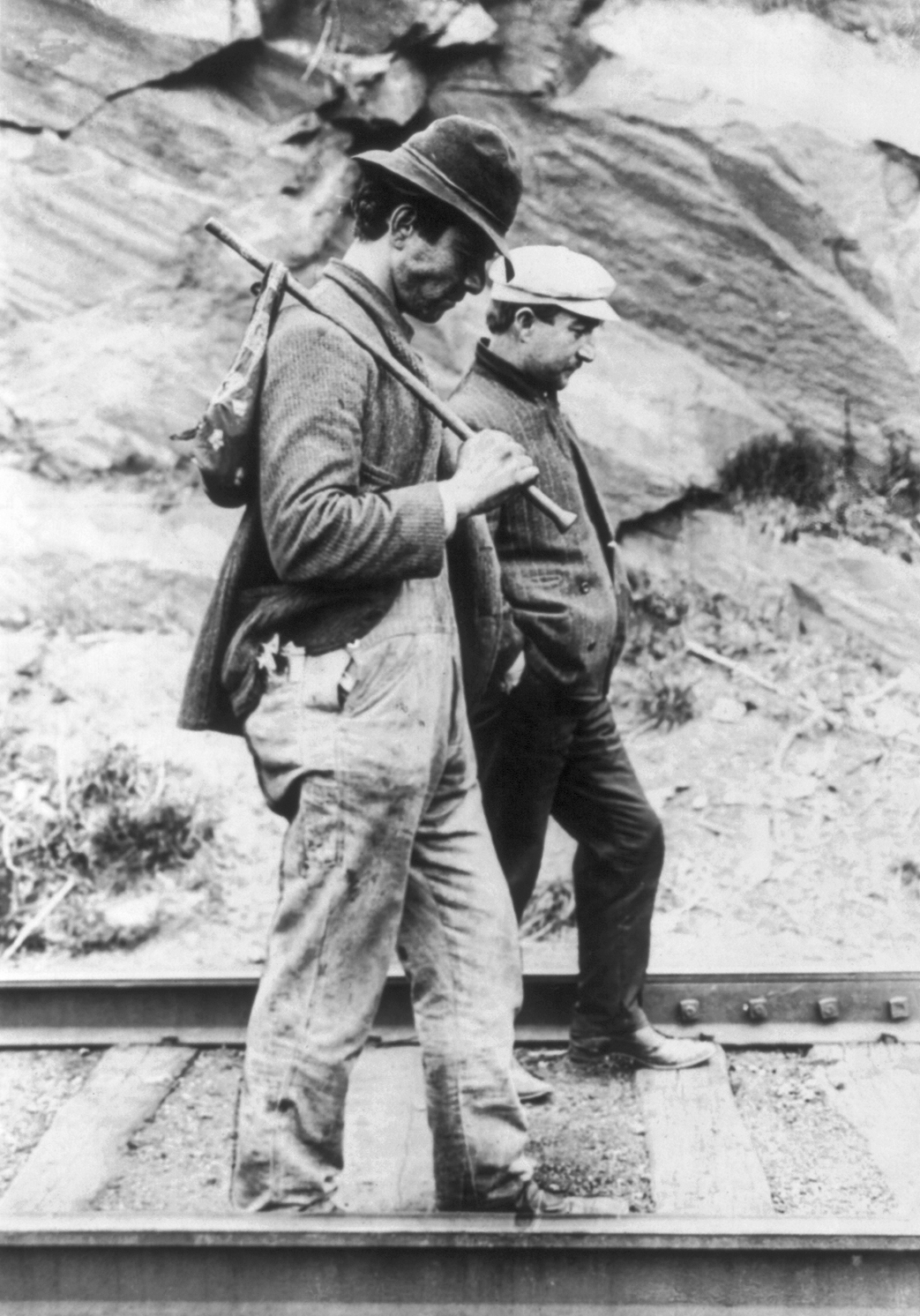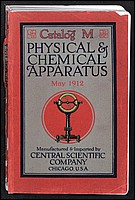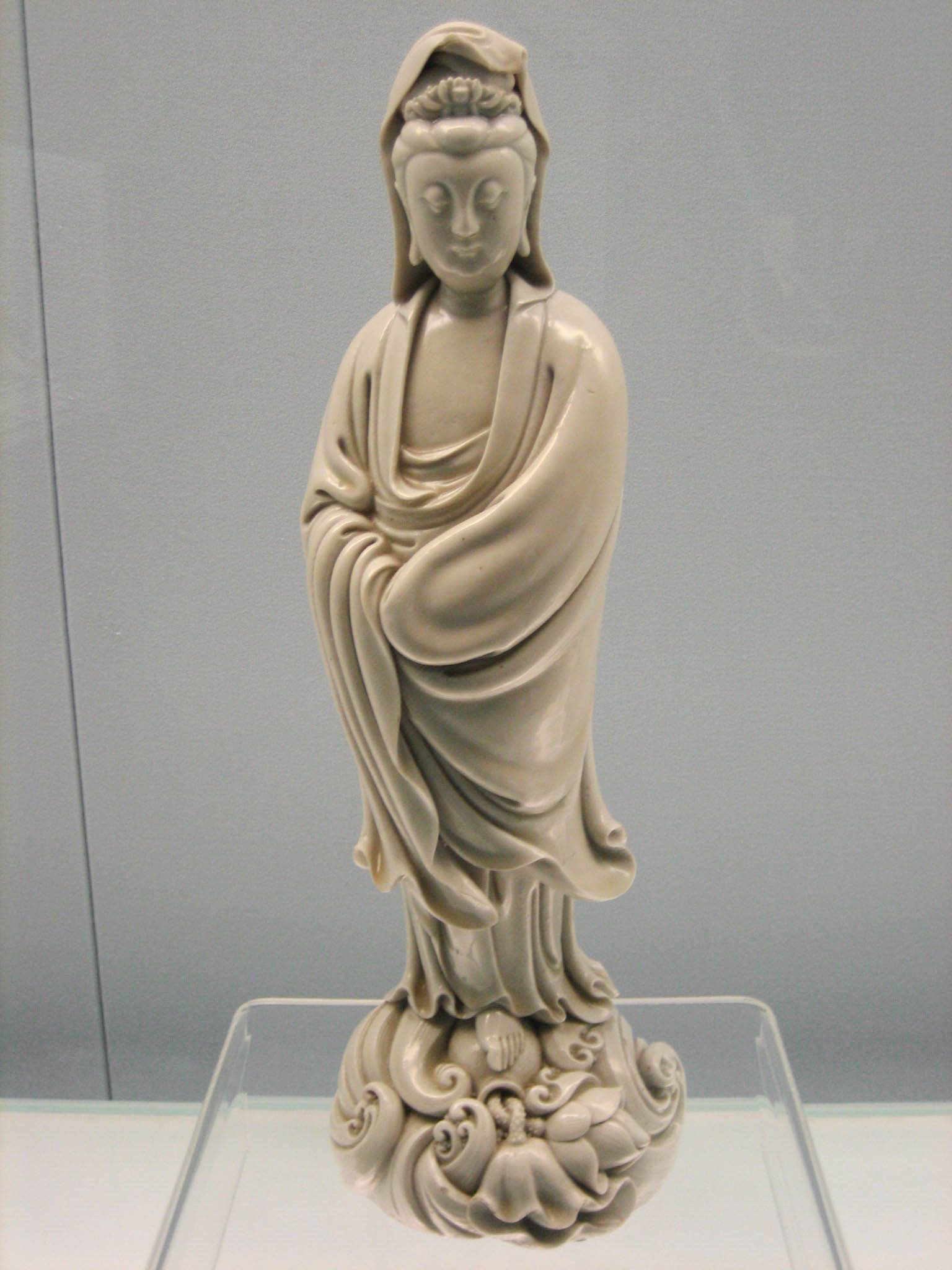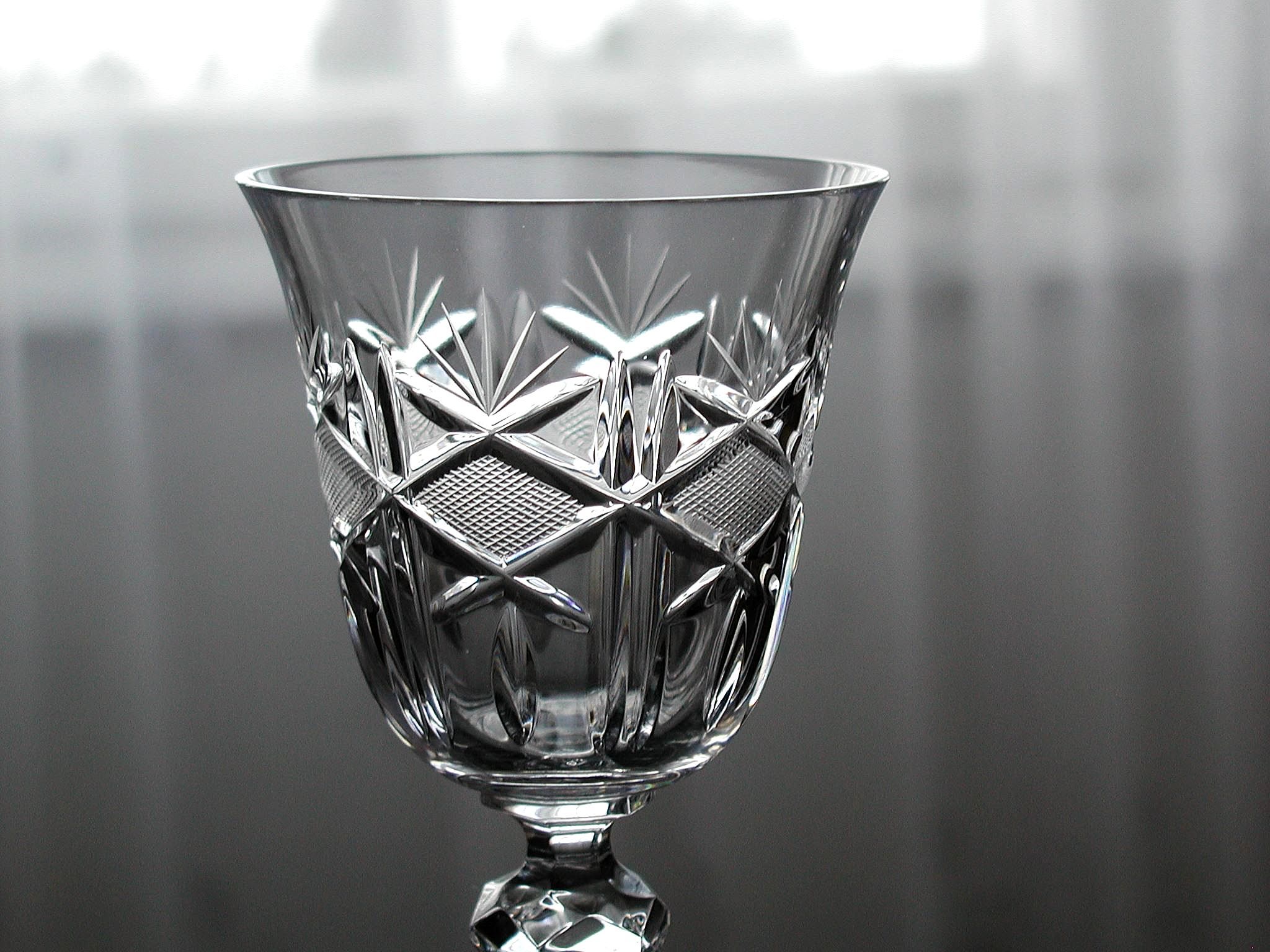|
Ajax, Utah
Ajax is a ghost town located in the Rush Valley area of southeastern Tooele County, Utah, United States. The town grew up around a unique department store started in 1869 by a Welsh immigrant named William Ajax. He operated the Ajax Underground Store until his death in 1899, and the settlement came to an end as the other residents left by 1900. All that remains today is a hole in the ground, with a historical marker standing nearby. History The area was first settled in 1863 by a group of Welsh farmers, who called their little settlement Centre (or Center) for its location in the middle of the valley between Stockton and Vernon. As numerous mines were being developed in eastern Tooele County in the 1860s, small towns began to dot the region. In 1869, William Ajax, whose department store business in Salt Lake City was failing, moved his family to a dugout in the Centre area. He had learned of the emerging market and started growing hay to sell to the mines. He built a two ... [...More Info...] [...Related Items...] OR: [Wikipedia] [Google] [Baidu] |
List Of Ghost Towns In Utah
This is an incomplete list of ghost towns in Utah, a state of the United States. Classification Barren site * Sites no longer in existence * Sites that have been destroyed * Covered with water * Reverted to pasture * May have a few difficult to find foundations/footings at most Neglected site * Only rubble left * All buildings uninhabited * Roofless building ruins * Some buildings or houses still standing, but majority are roofless Abandoned site * Building or houses still standing * Buildings and houses all abandoned * No population, except caretaker * Site no longer in existence except for one or two buildings, for example old church, grocery store Semi abandoned site * Building or houses still standing * Buildings and houses largely abandoned * Few residents * Many abandoned buildings * Small population Historic community * Building or houses still standing * Still a busy community * Smaller than its boom years * Population has decreased dramatical ... [...More Info...] [...Related Items...] OR: [Wikipedia] [Google] [Baidu] |
Post Office
A post office is a public facility and a retailer that provides mail services, such as accepting letter (message), letters and parcel (package), parcels, providing post office boxes, and selling postage stamps, packaging, and stationery. Post offices may offer additional services, which vary by country. These include providing and accepting government forms (such as passport applications), and processing government services and fees (such as road tax, Postal savings system, postal savings, or bank fees). The chief administrator of a post office is called a postmaster. During the 19th century, when the postal deliveries were made, it would often be delivered to public places. For example, it would be sent to bars and/or general store. This would often be delivered with newspapers and those who were expecting a post would go into town to pick up the mail, along with anything that was needed to be picked up in town. Before the advent of postal codes and the post office, postal syst ... [...More Info...] [...Related Items...] OR: [Wikipedia] [Google] [Baidu] |
University Of Utah Press
The University of Utah Press is the independent publishing branch of the University of Utah and is a division of the J. Willard Marriott Library. Founded in 1949 by A. Ray Olpin, it is also the oldest university press in Utah. The mission of the press is to "publish and disseminate scholarly books in selected fields, as well as other printed and recorded materials of significance to Utah, the region, the country, and the world." The University of Utah Press publishes in the following general subject areas: anthropology, archaeology, Mesoamerican studies, American Indian studies, natural history, nature writing, poetry, Utah and Western history, Mormon studies, Utah and regional guidebooks, and regional titles. The press employs seven people full-time and publishes 25 to 35 titles per year. The press has over 450 books currently in print. Prizes The University of Utah Press awards five annual or biennial prizes for scholarly and/or literary manuscripts. *The Wallace Steg ... [...More Info...] [...Related Items...] OR: [Wikipedia] [Google] [Baidu] |
Hobo
A hobo is a migrant worker in the United States. Hoboes, tramps, and bums are generally regarded as related, but distinct: a hobo travels and is willing to work; a tramp travels, but avoids work if possible; a bum neither travels nor works. Etymology The origin of the term is unknown. According to etymologist Anatoly Liberman, the only certain detail about its origin is the word was first noticed in American English circa 1890. The term has also been dated to 1889 in the Western—probably Northwestern—United States, and to 1888. Liberman points out that many folk etymologies fail to answer the question: "Why did the word become widely known in California (just there) by the early Nineties (just then)?" Author Todd DePastino mentions possible derivations from " hoe-boy", meaning "farmhand", or a greeting "Ho, boy", but that he does not find these convincing. Bill Bryson suggests in '' Made in America'' (1998) that it might come from the railroad greeting, "Ho, beau!" or ... [...More Info...] [...Related Items...] OR: [Wikipedia] [Google] [Baidu] |
Mail Order
Mail order is the buying of goods or services by mail delivery. The buyer places an order for the desired products with the merchant through some remote methods such as: * Sending an order form in the mail * Placing an order by telephone call * Placing an order with a travelling agent * Filling in an order form on a website or mobile app — if the product information is also mainly obtained online rather than via a paper catalogue or via television, this mail-order model is called online shopping or e-commerce Then, the products are delivered to the customer. The products are usually delivered directly to an address supplied by the customer, such as a home address, but occasionally the orders are delivered to a nearby retail location for the customer to pick up. Some merchants also allow the goods to be shipped directly to a third party consumer, which is an effective way to send a gift to an out-of-town recipient. Some merchants deliver the goods directly to the customer thro ... [...More Info...] [...Related Items...] OR: [Wikipedia] [Google] [Baidu] |
Railroad
Rail transport (also known as train transport) is a means of transport using wheeled vehicles running in railway track, tracks, which usually consist of two parallel steel railway track, rails. Rail transport is one of the two primary means of land transport, next to road transport. It is used for about 8% of passenger and rail freight transport, freight transport globally, thanks to its Energy efficiency in transport, energy efficiency and potentially high-speed rail, high speed.Rolling stock on rails generally encounters lower friction, frictional resistance than rubber-tyred road vehicles, allowing rail cars to be coupled into longer trains. Power is usually provided by Diesel locomotive, diesel or Electric locomotive, electric locomotives. While railway transport is capital intensity, capital-intensive and less flexible than road transport, it can carry heavy loads of passengers and cargo with greater energy efficiency and safety. Precursors of railways driven by human or an ... [...More Info...] [...Related Items...] OR: [Wikipedia] [Google] [Baidu] |
Ophir, Utah
Ophir is a census-designated place in Tooele County, Utah, United States. It is part of the Salt Lake City, Utah Metropolitan Statistical Area. The population was 24 at the 2020 census, a decrease of 14 from the 2010 figure of 38. History Ophir was named for the nearby canyon and mining district, where gold, silver-lead deposits were found in the 1860s. The mining district was named for the biblical Ophir, from where King Solomon brought back gold to Israel. In 1911, zinc was recovered and various mining operations continued until 1959. Prior to 2016, Ophir was one of the smallest incorporated municipalities in Utah. However, after a town government could not be formed from the remaining citizens in 2016, the town was disincorporated. Geography According to the United States Census Bureau, the town has a total area of 0.2 square mile (0.4 km), all land. Demographics At the 2000 census there were 23 people, 10 households, and 6 families in the town. The population ... [...More Info...] [...Related Items...] OR: [Wikipedia] [Google] [Baidu] |
Mercur, Utah
Mercur is a historical Underground mining (hard rock), hard rock mining ghost town in Tooele County, Utah, Tooele County, Utah, United States. In 1891, it became the site of the first successful use of the cyanide process of gold extraction in the United States, the dominant metallurgy today. Its elevation above sea level is approximately 2,042 m. The nearby Mercur Gold Mine was re-opened by Barrick Gold in 1985, with mining operations again coming to an end in 1997. The reclamation and restoration project was set to continue up to 2010. History The town first came into being in 1870 as ''Lewiston'' (not to be confused with the present-day city of Lewiston, Utah, Lewiston in Cache County, Utah, Cache County), when gold was discovered at the head of the Lewiston Canyon, six miles west of present-day Cedar Fort, Utah, Cedar Fort. A small gold rush began, peaking about 1873; the population reached as high as 2000. During the mid-1870s, silver boomed, and silver mines were ope ... [...More Info...] [...Related Items...] OR: [Wikipedia] [Google] [Baidu] |
Figurine
A figurine (a diminutive form of the word ''figure'') or statuette is a small, three-dimensional sculpture that represents a human, deity or animal, or, in practice, a pair or small group of them. Figurines have been made in many media, with clay, metal, wood, glass, and today plastic or resin the most significant. Ceramic figurines not made of porcelain are called terracottas in historical contexts. Figures with movable parts, allowing limbs to be posed, are more likely to be called dolls, mannequins, or action figures; or robots or automata, if they can move on their own. Figurines and miniatures are sometimes used in board games, such as chess, and tabletop role playing games. The main difference between a figurine and a statue is size. There is no agreed limit, but typically objects are called "figurines" up to a height of perhaps , though most types are less than high. Prehistory In China, there are extant Neolithic figurines. European prehistoric figurines of wo ... [...More Info...] [...Related Items...] OR: [Wikipedia] [Google] [Baidu] |
Lead Crystal
Lead glass, commonly called crystal, is a variety of glass in which lead replaces the calcium content of a typical potash glass. Lead glass contains typically 18–40% (by mass) lead(II) oxide (PbO), while modern lead crystal, historically also known as flint glass due to the original silica source, contains a minimum of 24% PbO. Lead glass is often desirable for a variety of uses due to its clarity. In marketing terms it is often called crystal glass. The term ''lead crystal'' is, technically, not an accurate term to describe lead glass, because glass lacks a crystalline structure and is instead an amorphous solid. The use of the term remains popular for historical and commercial reasons, but is sometimes changed to simply ''crystal'' because of lead's reputation as a toxic substance. It is retained from the Venetian word to describe the rock crystal (quartz) imitated by Murano glassmakers. This naming convention has been maintained to the present day to describe dec ... [...More Info...] [...Related Items...] OR: [Wikipedia] [Google] [Baidu] |
Tableware
Tableware items are the dishware and utensils used for setting a table, serving food, and dining. The term includes cutlery, glassware, serving dishes, serving utensils, and other items used for practical as well as decorative purposes. The quality, nature, variety and number of objects varies according to culture, religion, number of diners, cuisine and occasion. For example, Middle Eastern, Indian or Polynesian food culture and cuisine sometimes limits tableware to serving dishes, using bread or leaves as individual plates, and not infrequently without use of cutlery. Special occasions are usually reflected in higher quality tableware. Cutlery is more usually known as ''silverware'' or ''flatware'' in the United States, where ''cutlery'' usually means knives and related cutting instruments; elsewhere cutlery includes all the forks, spoons and other silverware items. Outside the US, ''flatware'' is a term for "open-shaped" dishware items such as plates, dishes and bo ... [...More Info...] [...Related Items...] OR: [Wikipedia] [Google] [Baidu] |
Textile
Textile is an Hyponymy and hypernymy, umbrella term that includes various Fiber, fiber-based materials, including fibers, yarns, Staple (textiles)#Filament fiber, filaments, Thread (yarn), threads, and different types of #Fabric, fabric. At first, the word "textiles" only referred to woven fabrics. However, weaving is not the only manufacturing method, and many other methods were later developed to form textile structures based on their intended use. Knitting and Nonwoven, non-woven are other popular types of fabric manufacturing. In the contemporary world, textiles satisfy the material needs for versatile applications, from simple daily clothing to Bulletproof vest, bulletproof jackets, spacesuits, and Medical gown, doctor's gowns. Textiles are divided into two groups: consumer textiles for domestic purposes and technical textiles. In consumer textiles, Aesthetics (textile), aesthetics and Textile performance#Comfort, comfort are the most important factors, while in techn ... [...More Info...] [...Related Items...] OR: [Wikipedia] [Google] [Baidu] |







